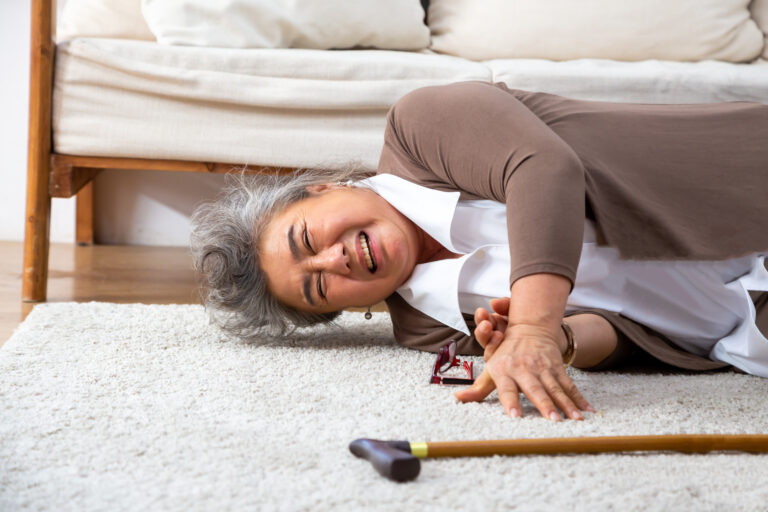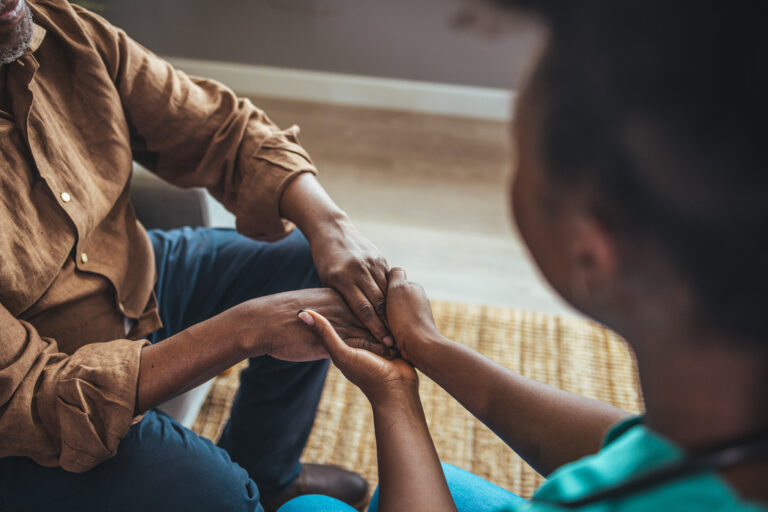Overuse can indeed cause chronic joint pain, primarily through repetitive stress and strain on the joints and surrounding tissues. When joints are subjected to excessive or repetitive use without adequate rest, it can lead to a range of conditions that cause persistent pain and dysfunction.
One of the most common medical diagnoses related to joint pain from overuse is tendinopathy. Tendinopathy refers to a disorder of the tendons, which are the fibrous tissues connecting muscles to bones. Unlike the older term “tendonitis,” which implies inflammation, tendinopathy often involves tendon degeneration due to repetitive microtrauma and overuse rather than acute inflammation[1]. This condition can cause chronic pain around the joint, stiffness, and reduced function.
Overuse injuries can also lead to chronic inflammation of the joint structures, including ligaments and cartilage. For example, repetitive mechanical stress can accelerate cartilage wear, contributing to osteoarthritis, a chronic joint disease characterized by the breakdown of cartilage and subsequent bone-on-bone contact. Osteoarthritis symptoms often include joint pain after activity or periods of inactivity, stiffness, and decreased range of motion. Risk factors for osteoarthritis include heredity, obesity, injury, and importantly, overuse[11][15].
Athletes and physically active individuals are particularly susceptible to overuse injuries that cause chronic joint pain. Unlike normal muscle soreness that resolves within a few days, overtraining pain persists longer and may involve joint stiffness, tendon soreness, and decreased performance. Ignoring such pain can worsen inflammation, cause muscle strain, and lead to more severe conditions like stress fractures or chronic tendonitis[3]. Continuing intense activity without proper rest disrupts healing and can cause long-term joint damage.
The mechanism behind overuse causing chronic joint pain involves repeated micro-injuries to joint tissues. These micro-injuries accumulate over time, overwhelming the body’s ability to repair itself. This leads to chronic inflammation, tissue degeneration, and pain. For example, repetitive joint loading can cause small tears in tendons or ligaments, leading to pain and instability. Cartilage, which cushions joints, can also thin or tear from repeated stress, resulting in osteoarthritis symptoms[7][9].
It is important to distinguish between normal post-exercise soreness and pain signaling injury. While mild muscle soreness is common after exercise, sharp or persistent joint pain is a warning sign that overuse may be causing damage. Pushing through such pain can exacerbate joint inflammation and lead to chronic conditions[5]. Rest and recovery are essential to allow joint tissues to heal and prevent progression to chronic pain.
In addition to mechanical factors, overuse can also affect joint health by disrupting hormone balance and weakening the immune system, which further impairs tissue repair and increases susceptibility to injury[3]. Therefore, a balanced approach to physical activity that includes proper technique, gradual progression, and adequate rest is crucial to prevent chronic joint pain from overuse.
If chronic joint pain develops due to overuse, medical evaluation is important to diagnose the specific condition and guide treatment. Treatments may include physical therapy, activity modification, anti-inflammatory medications, and in severe cases, surgical intervention to repair or replace damaged joint structures[7][11].
In summary, overuse can cause chronic joint pain through repetitive stress leading to tendinopathy, chronic inflammation, cartilage degeneration, and osteoarthritis. Recognizing early signs of overuse injury and allowing sufficient recovery are key to preventing long-term joint damage and maintaining joint health.
Sources:
[1] https://www.droracle.ai/articles/526077/what-diagnosis-is-considered-for-joint-pain-due-to
[3] https://www.totalorthosportsmed.com/athletes-with-overtraining-pain/
[5] https://search.mskdoctors.com/doctors/ella-mcaleese/articles/exercise-myths-that-could-be-harming-your-joints
[7] https://www.sriramakrishnahospital.com/blog/orthopaedics/is-joint-pain-just-a-part-of-growing-old-what-should-you-know/
[9] https://www.medicaldaily.com/why-do-my-joints-hurt-early-arthritis-symptoms-joint-pain-causes-you-shouldnt-ignore-473942
[11] https://www.uhhospitals.org/services/infectious-diseases-services/conditions-treatments/article/diseases-and-conditions/osteoarthritis
[15] https://healthhub.hif.com.au/general-medical/osteoarthritis-explained-what-your-joints-are-telling-you





